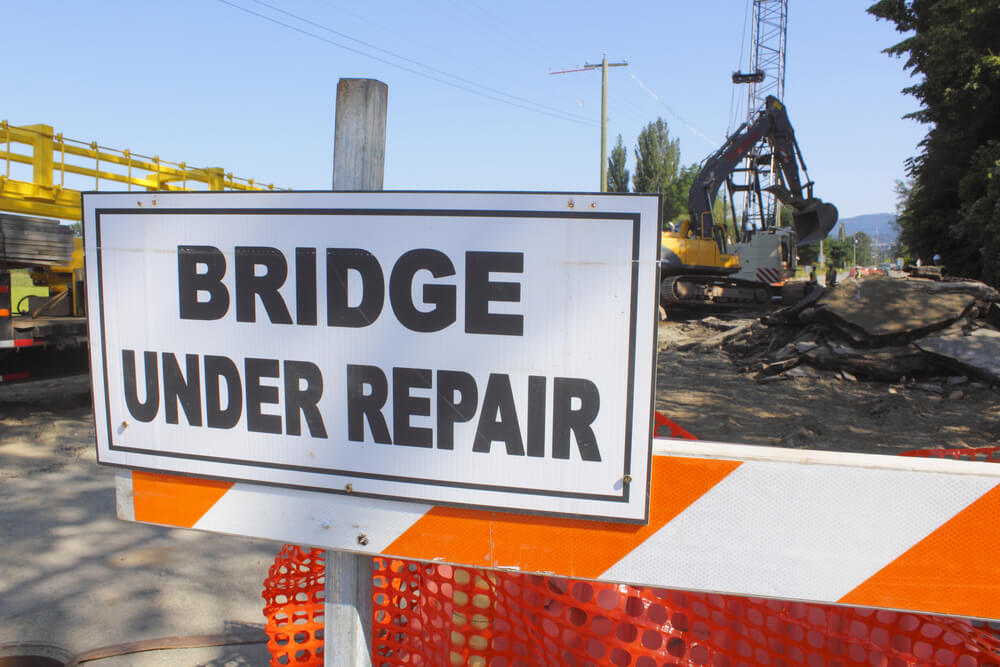
The $1.2 Infrastructure and Jobs Act spending package redefines the traditional way taxpayer money will be used to rebuild and expand. However, allocations for road and bridge repair remain a top priority.
Upwards of $27 billion will be doled out to states, the District of Columbia, and Puerto Rico to fix 15,000 bridges that have fallen into disrepair. The federal government also waived the usual state matching requirement of 20 percent. Roughly $83 billion will go to address aging highways and byways struggling with potholes.
“From farmers to truckers, the millions of hard-working people who make this country great won today. Those lawmakers who put their constituents before themselves to help seal this achievement have cemented a lasting legacy that the American people will now see, feel, and use for many decades to come,” American Trucking Associations President Chris Spear reportedly said. “After countless hearings and meetings on Capitol Hill, ATA members will finally see the fruits of their labor — a 38 percent increase in road and bridge funding, and an infusion of highly-trained, younger talent into our workforce.”
One of the issues that hasn’t received nearly enough coverage is the fact the massive spending package is not entirely new. Rather, it adds to $550 billion in annual spending that was already in place. Not all of that funding addressed road deterioration. That previous spending level was obviously inadequate given the condition of American highways and bridges.
The new law will increase highway and bridge repair funding to the tune of $110 billion without requiring states and municipalities to raise taxes. It also funnels a total of $550 billion directly into hard infrastructure that includes airports and rail, while allocating money to non-traditional items such as electric vehicles. The following are among the estimated breakdowns of the spending package.
- $110 billion for road and bridge construction, repair, and research.
- $66 billion to upgrade and maintain the rail systems.
- $25 billion to upgrade and expand airports and control towers.
A laundry list of non-traditional spending includes items such as cybersecurity, safety programs, and $21 billion in environmental cleanup, but roads and bridges rank among the top priorities.
The opportunity for states to make road and bridge updates without increasing local taxes has become something of a trend. Governors with a pandemic surplus are redirecting the federal money to infrastructure as well. For example, South Carolina Gov. Henry McMaster recently proposed using $660 million coronavirus-relief funds to start construction of Interstate 73 toward Myrtle Beach and widen I-26 between Columbia and Charleston.
The governor noted that $100 million CARES Act surplus becomes available July 1 and could be coupled with federal infrastructure money to “expedite completion of local and regional projects designed to relieve traffic congestion, to repair or replace over 400 bridges, and to enhance repaving and resurfacing on our local and secondary roads.”
Should other states follow suit, America’s highways and bridges could see a marked improvement.
Sources: thenerve.org, wctv.tv











Leave a Comment